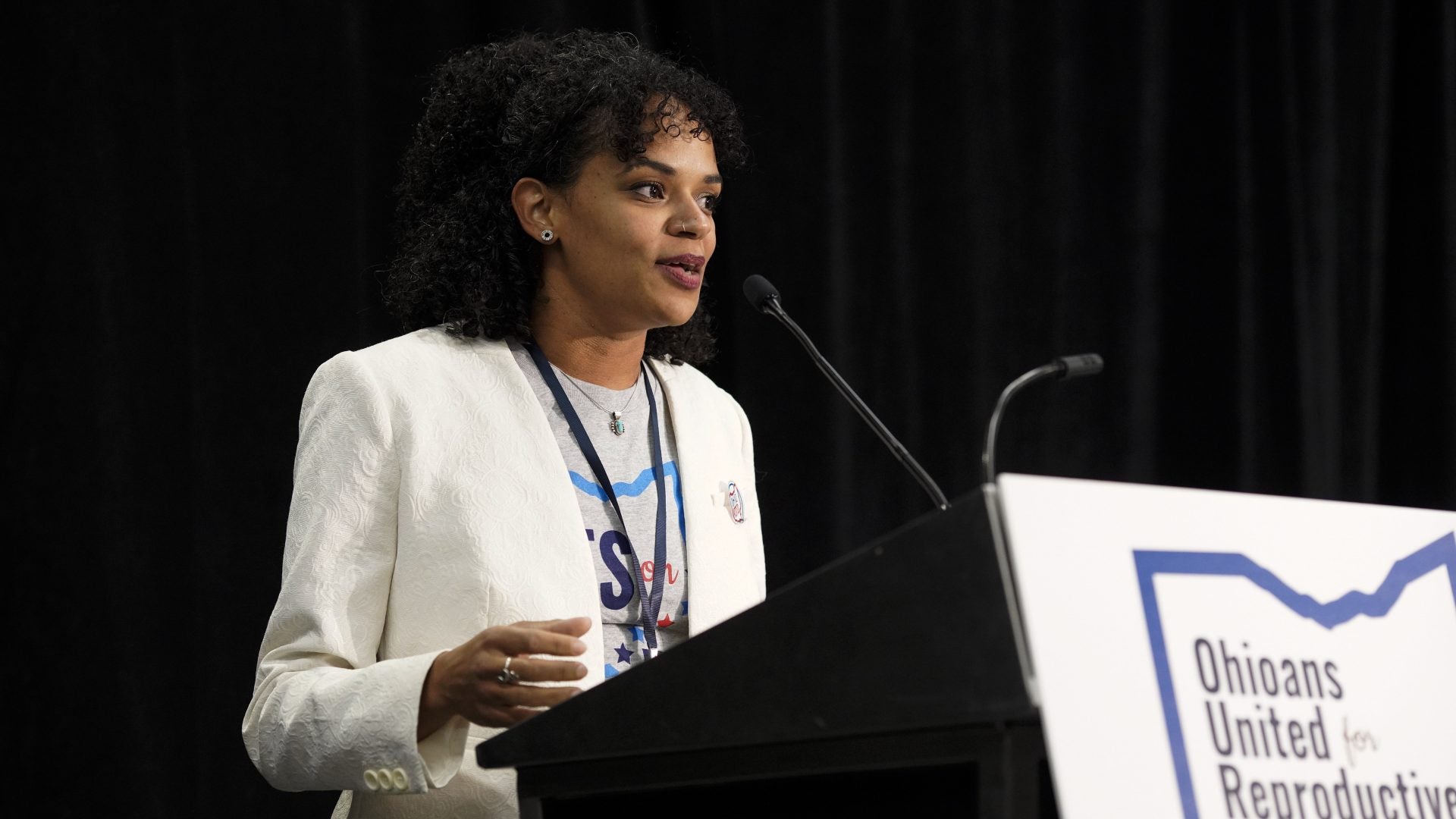
On election day in Ohio, the majority voted in favor of “a constitutional amendment that codifies the legal status of abortion in Ohio’s state constitution,” the Center for American Progress reports.
This is a clear denunciation by the public in a direct response to the Supreme Court’s decision to overturn Roe v. Wade.
Ohio is now one of seven states in the U.S., where people have gone to the polls, voting in favor of ballot initiatives supporting abortion rights.
Reproductive Freedom for All president Mini Timmaraj said, “Seven times abortion has been put on the ballot across the country, and seven times voters have turned out overwhelmingly to defend it.”
“Once again, voters sent a clear message to Republicans and anti-abortion extremists: We believe in the right to abortion, and we are the majority,” Timmaraj continued.
Rashida Manuel, Vice President of Diversity, Equity, and Inclusion at Planned Parenthood Southwest Ohio Region, wrote “Black women will always bear the brunt of abortion bans.” Manuel added that codifying abortion protections into law was “the only way to protect Black women across the state.”
Manuel’s assertions are backed up by the data. A 2023 report from the Gender Equity Policy Institute found that: “7 in 10 Black women live in states that ban or restrict abortion care; [and] Mothers living in a state that banned abortion after Dobbs were up to 3x as likely to die during pregnancy, childbirth, or soon after giving birth.”
Taking into account the disparities Black women already face with regard to maternal and infant mortality, this means “the health dangers [are] compounded” for Black women living in states with restrictions on reproductive rights.
In Ohio, the racial disparities are even worse when compared to the rest of the country. “In 2019, the maternal mortality rate for Black women in Ohio was more than five times the overall rate. Nearly 60 Black women died in Ohio for every 100,000 live births.”
Ohio’s new Amendment will go a long way towards protecting the lives of Black women. It provides that: “Every individual has a right to make and carry out one’s own reproductive decisions, including but not limited to decisions on contraception, fertility treatment, continuing one’s own pregnancy, miscarriage care, and abortion.”
It also says that the state is not allowed “to interfere with…this right…unless the state demonstrates that it is using the least restrictive means to advance the individual’s health.” In addition, it does allow for abortions to be “prohibited after fetal liability,” carving out an exception if “it is necessary to protect the pregnant patient’s life or health.”





